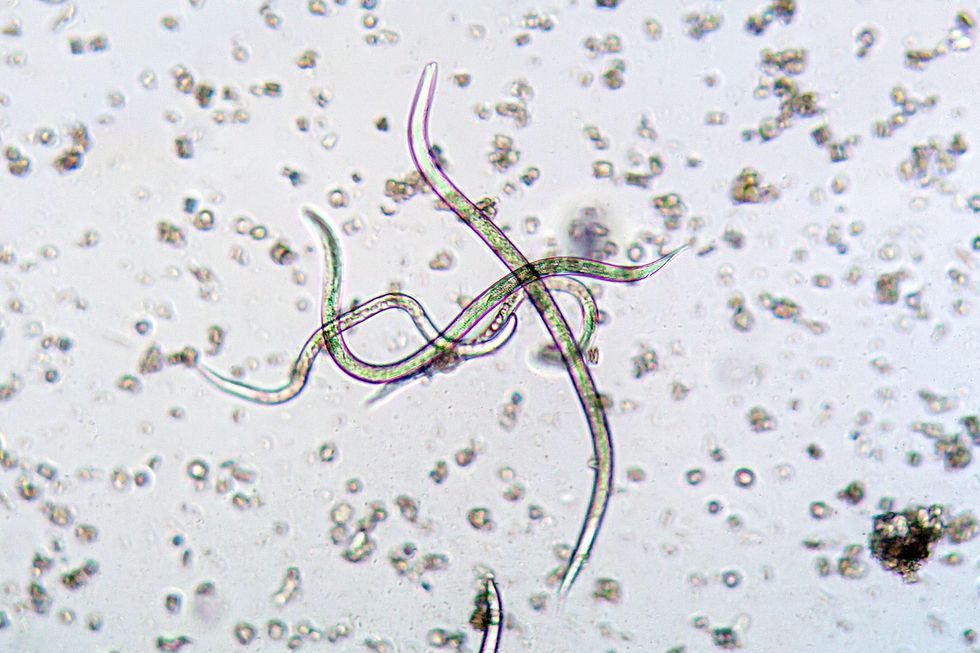Harry Fletcher
Mar 08, 2024
How is Popular Culture Increasing Tourism to Chernobyl?
Underknown - INSH / VideoElephant
The implications of the Chernobyl disaster continue to fascinate and disturb in equal measure, and new research focusing on worms in the fallout zone could have huge implications for the world of scientific study.
The fallout from the Chernobyl nuclear disaster in 1986 continues to fascinate researchers, and the Chernobyl Exclusion Zone in Ukraine features a level of radiation that is six times the legal limit of human exposure for workers at 11.28 millirem.
Scientists have now uncovered fascinating details about the microscopic worms which have been exposed to four decades of radioactivity.
Researchers found that the tiny creatures featured no perceivable signs of genetic damage caused by radiation exposure, and it could play a big part in future study into cancer.
The new study, published in the journal PNAS, comes from NYU researchers.

Researchers headed into the Exclusion Zone to collect samples of the nematodes while wearing protective equipment, before transferring them back to NYU and freezing them for study.
Matthew Rockman, corresponding author of the study, said: “We can cryopreserve worms and then thaw them for study later. That means that we can stop evolution from happening in the lab, something impossible with most other animal models, and very valuable when we want to compare animals that have experienced different evolutionary histories.”
The experts then compared 15 samples exposed to varying levels of exposure in the Exclusion Zone to samples collected elsewhere, which weren’t exposed to radiation.
After studying them, the scientists could not find radiation damage in the samples from the Chernobyl Exclusion Zone.
The study’s lead author Sophia Tintori said: “This doesn’t mean that Chornobyl is safe – it more likely means that nematodes are really resilient animals and can withstand extreme conditions.
“We also don’t know how long each of the worms we collected was in the Zone, so we can’t be sure exactly what level of exposure each worm and its ancestors received over the past four decades.”
The researchers also believe the findings could shed light on the implications of natural variations between species, including humans.
It comes after a study revealed that wolf populations living in extreme conditions around Chernobyl have changed to such an extent that they’re now more resilient to cancer.
Sign up for our free indy100 weekly newsletter
How to join the indy100's free WhatsApp channel
Have your say in our news democracy. Click the upvote icon at the top of the page to help raise this article through the indy100 rankings
Top 100
The Conversation (0)













